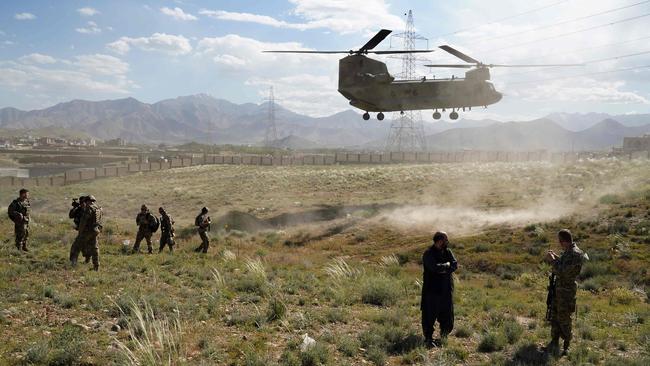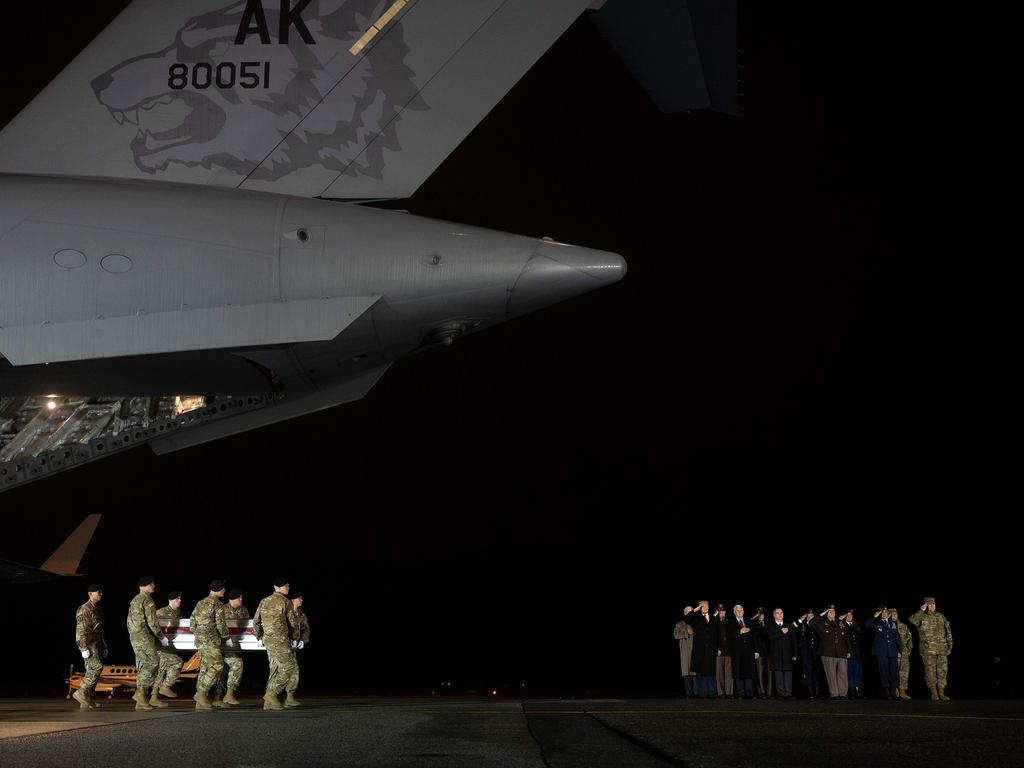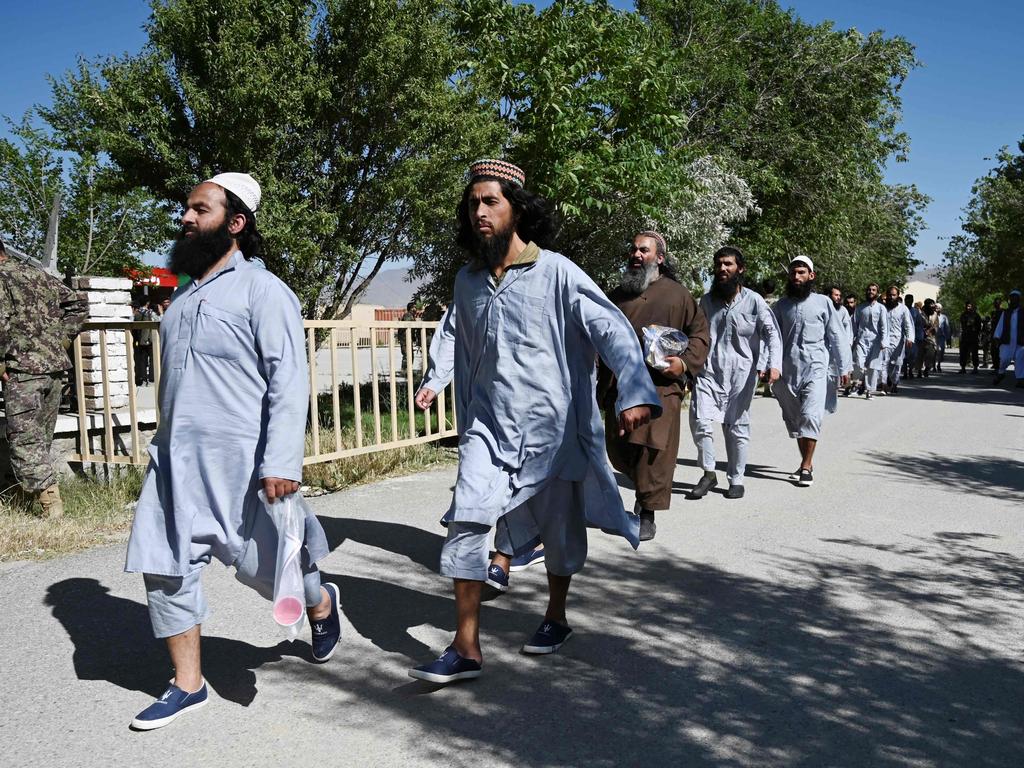A bloody ‘peace’ as Afghans see off another invader

Last week was the deadliest for Afghan National Security Forces in the 19-year war. The Taliban launched more than 400 attacks across 32 provinces, killing 290 Afghan soldiers and wounding 500. By any measure, that’s a strange peace deal.
These events coincided with a report exposing a secret Russian unit paying the Taliban to kill US soldiers. Whether that is true or just more disinformation, US President Donald Trump should stick to withdrawing all US troops from Afghanistan. Leave it to the Afghans.
Afghanistan is deeply seductive. Its people and ancient landscape really draw you in. Yet, as so many nations have learned, this same fascination leads to disappointment and defeat. History is littered with lessons on Afghanistan. According to an old Pashtun myth, Alexander the Great’s mother Olympias wrote him a letter getting on his case about taking so long to knock off a primitive, poverty-stricken people. So Alexander captured three tribal chiefs and sent them back to Macedonia, each one carrying an offering of soil. They were to deliver the soil as a token to Olympias from her son. But outside the Queen’s chambers, the three chiefs got into a fight and killed one another. Olympias wrote to her son: “Now I understand.”
In Travels into Bokhara, British diplomat and imperial emissary Sir Alexander Burnes noted it would only take a gust of wind to blow away the sands upon which this land was built. The First Afghan War (1836-42) ended in disaster for the British. The then Afghan emir, Dost Mohammed, reneged on his promise to allow 18,500 British men, women and children to evacuate from Kabul unharmed. Frost-bitten and snowblind, the British were easy pickings for Afghan fighters with their jezails, or long-range rifles. Only Dr William Brydon survived.
During the second Anglo-Afghan War a young British soldier named Winston Churchill set off to prove himself in battle so that he could stand tall at the Dispatch Box in the House of Commons when he became a member of parliament. In 1898 Churchill wrote of British exploits in Afghanistan that, “Financially it is ruinous. Morally it is wicked.” Not so much has changed.
According to Evgeny Malashenko, head of the International Institute for Political Expertise, Afghans perceive the US-NATO withdrawal in the same manner as they did the Soviet one — as “defeat” of the enemy. Not because of terrorism but another successful guerrilla war campaign against yet another foreign invader. Ironically, as NATO forces started withdrawing in 2014, NATO officials approached the Russians for advice. Apparently Russia’s exit strategy was the most successful phase of their Afghan venture. As if in a time machine the Russians are back. In 1835 Burnes’s Russian rival, the Polish-born Lieutenant Ivan Vitkevitch, was cutting deals with the various Afghan warlords to undermine British designs. The New York Times claimed in a report on Saturday that a secret Russian unit had been paying the Taliban to kill US troops — 20 US troops died in Afghanistan last year. Surely their families will be wondering why. The trouble for Trump in an election year is that everything will be done to stymie his determination to withdraw the US from expensive, useless wars.
Expect claims from politicians on one side that the US is abandoning Afghans, and claims by the military that withdrawal is too soon. Since 2001 the war in Afghanistan has cost $US2 trillion ($2.9 trillion). Even after the US withdraws, according to a World Bank estimate, Afghanistan will need $US7bn a year just to survive. Right now, who can afford that? Without these funds the Afghan National Security Forces will collapse.
Here too is a lesson from history. Following the Soviet withdrawal Afghan president Najibullah persisted for several years before being defeated by the Taliban. Soviet patronage continued after their military withdrawal. Najibullah paid off warlords and tribal leaders. But once the Soviet Union collapsed the funds ran out and Najibullah was butchered — betrayed by his former general Rashid Dostum as he fled the country. There is a familiar ring about this place. Perhaps it is anachronistic to compare today with events in history. After all we are not retreating on horseback. Yet those Pashtun elders are wise old men. They have another proverb: “A man bitten by a snake, will be frightened of even a twisted rope.” Not so when it comes to foreign powers in Afghanistan.
Now the US is attempting to fulfil the terms of the peace deal. Part of which is the release of thousands of Taliban prisoners who have promised not to rejoin the fight. On their part the Taliban “promised” — a loose term in Afghanistan, clearly — not to allow foreign terrorists to use Afghanistan as a base to launch attacks against the West. But the Qatar-based Taliban has no control over the complex network of Taliban groups, criminals, foreign fighters, narco-traffickers and the average warlord who, in any case, just hates foreigners.
Nonetheless, the fact remains that the US military is extraordinarily capable of delivering lethal force in almost any location in the world. On January 3 a US drone above Baghdad International Airport fired a rocket killing Iranian major general Qasem Soleimani after he had organised attacks on US interests in Iraq, including the US embassy. That is all the foreign terrorists and the Taliban need to know.
Jason Thomas teaches risk management at Swinburne University of Technology and is director of Frontier Assessments.





Trust no one, question everything — it’s a simple rule that keeps you alive in Afghanistan. That is why the US-Taliban peace deal signed this year and being implemented across Afghanistan was snake-bitten before the ink was dry.